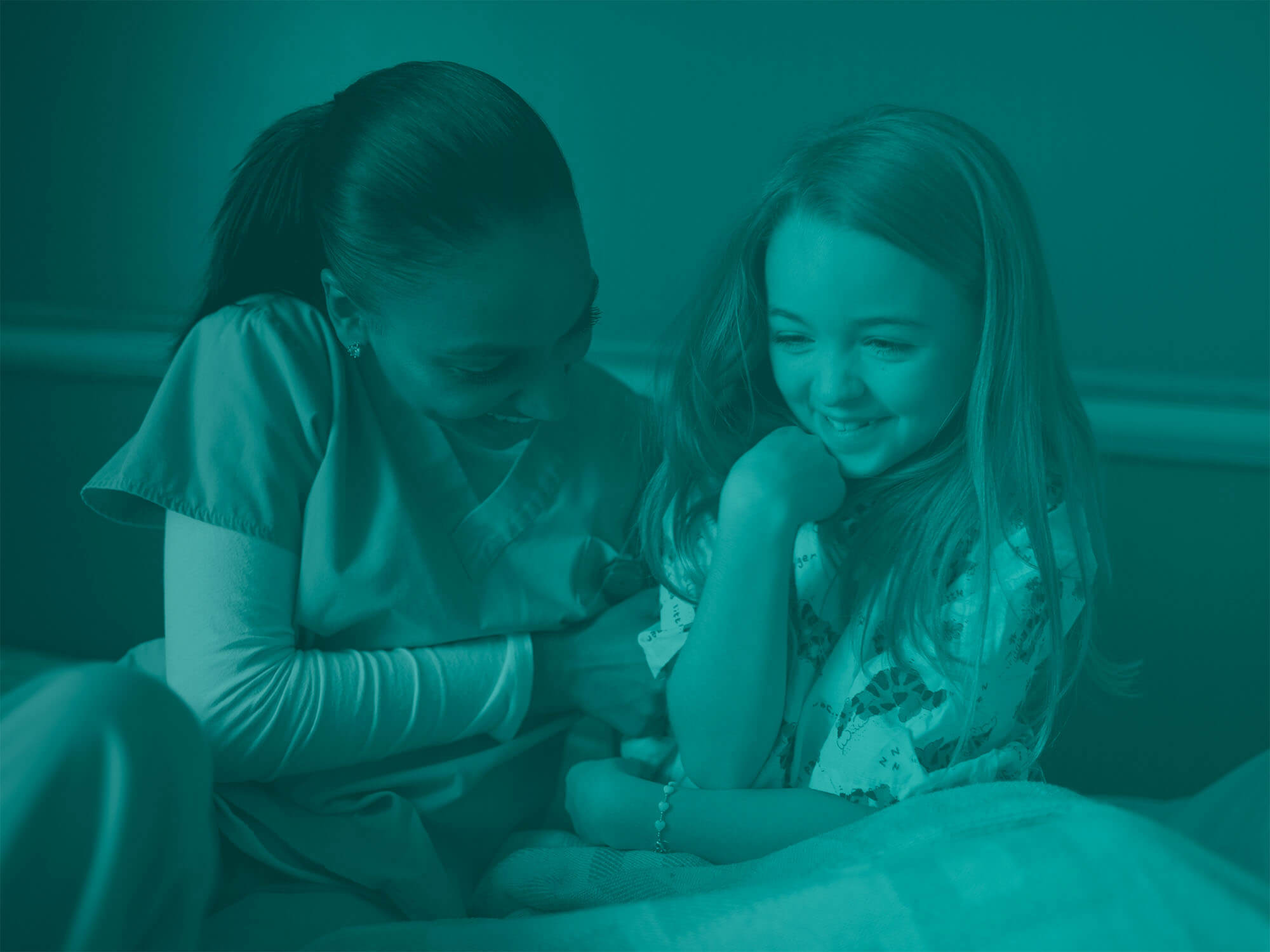Safety Engineered Devices: Use and Activation in Australia
Authors: Grimmond T
Publication: Healthcare Infection Journal 2014; 19 (3): 95-100
Summary:
What was the study?
The study, ‘Frequency of use and activation of safety-engineered sharps devices: a sharps container audit in five Australian capital cities’ took a sampling of sharps containers from 27 hospitals in 5 cities. Contents were decanted, categorised and counted to identify the proportion of hollow-bore SED among the sharps present, and the proportion of SED correctly activated.
What were the results?
320 gallons of sharps (370lb) from 102 sharps containers from 27 hospitals in Sydney, Melbourne, Brisbane, Perth and Adelaide were audited. Many devices were blood-contaminated. Results culled from the sharps containers showed:
- Of the 9,651 hollow-bore needles, 30.4% were SED
- Of the SED, 19.4% were either not activated, or only partially activated
- Of the 6,718 non-SED, 30.6% were capped needles/needle-syringes
- Overall, 54.2% of devices were discarded ‘sharp’
It is disturbing that 75.5% of hollow-bore needles were either capped or naked, indicating a high proportion of Australian healthcare personnel are unnecessarily at risk of sharps injuries while handling sharps. The high non-use of SED and non-activation of SED needs researching. Widespread SED adoption (automatic and semi-automatic SED wherever possible), repetitive competency training and safety ownership is needed to protect healthcare personnel."
Author
View Publication Access Author's Copy
